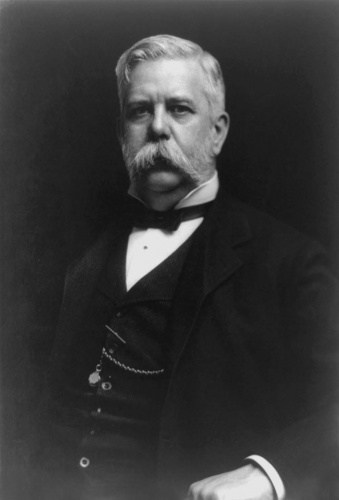March 1914: George Westinghouse
Our obituary of the remarkable inventor and entrepreneur George Westinghouse doesn’t mention the rivalry for which he’s best-known today
One of the peculiarities of obituaries in archive editions of The Engineer is that they often don’t cover what you might expect them to. We remember George Westinghouse as the father of alternating current, and for his ‘war of the currents’ with Thomas Edison, who was a proponent of direct current, believing it safer. It’s a colourful story, taking in as it does the deliberate electrocution of an unfortunate elephant called Topsy (by Edison). The Engineer’s lengthy obituary of Westinghouse doesn’t mention rivalry with Edison once; indeed it hardly mentions AC at all.

In fact, the bulk of the obituary is dedicated to one of Westinghouse’s earlier inventions: the railway air brake. Westinghouse began to think about this when he was about 20, after he was delayed for two hours between his home in Schenectady, New York and the Bessemmer Steel plant in Troy, New York, by the collision of two freight trains. ‘The loss of time and inconvenience arising from this accident suggested that if the drivers of the two trains had had some way of applying brakes to all the wheels the accident might never had happened’ the obituary says (continues below).
Register now to continue reading
Thanks for visiting The Engineer. You’ve now reached your monthly limit of premium content. Register for free to unlock unlimited access to all of our premium content, as well as the latest technology news, industry opinion and special reports.
Benefits of registering
-
In-depth insights and coverage of key emerging trends
-
Unrestricted access to special reports throughout the year
-
Daily technology news delivered straight to your inbox










Water Sector Talent Exodus Could Cripple The Sector
Maybe if things are essential for the running of a country and we want to pay a fair price we should be running these utilities on a not for profit...